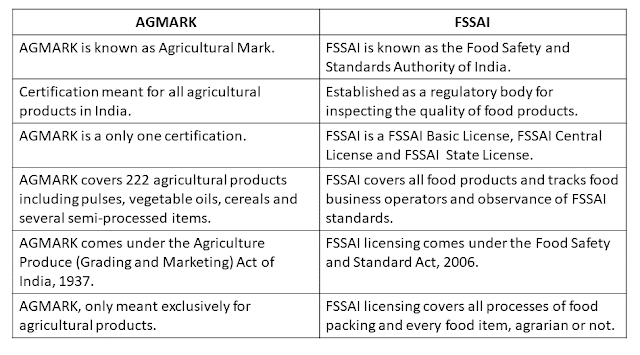Three Point Linkage
Three Point Linkage It is a combination of three links, one upper link and two lower links, the links attached to the tractor and attached at their ends to attach implements to the tractor. The standard system for attaching implements to the tractor is the three point linkage. The three point linkage system is designed to carry the weight of equipment, such as plows, rotors, trailers, etc. Advantage Of Three Point Linkage Easy control of working implements Quick setting of implements Good balancing of attached implements.



